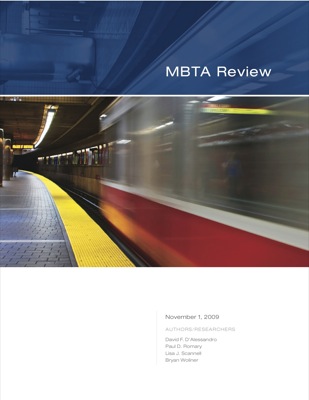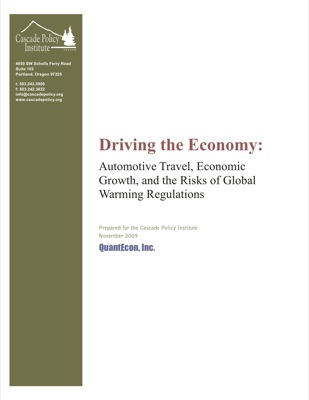“The Massachusetts Bay Transportation Authority [MBTA] is in danger of collapsing under its own operating expenses and debt obligations, to the point that it can’t even pay for repairs that are vital to basic safety,” reports the Boston Globe. That conclusion is based on an official review of the MBTA that Governor Deval Patrick entrusted to former John Hancock CEO David D’Alessandro.

Up through the 1990s, the MBTA was funded by the state, with the agency effectively presenting a bill for its deficits to the legislature each year. Concerned that this failed to give transit officials incentives to control costs, the legislature in 1999 decided to give MBTA a fixed 20 percent share of state sales tax revenues and told it to operate out of those revenues. This was supposed to lead to reduced operating costs and greater investments in the long-term health of the system.
As the D’Alessandro report documents, this isn’t what happened. First, most costs, such as fuel, were outside of MBTA’s control. Even costs that were under MBTA’s control, such as payroll, ended up increasing far faster than planned. Meanwhile, the sales taxes that were supposed to fund MBTA’s deficits fell short of expectations. The result, over an eight-year period, was a $558 million shortfall.








